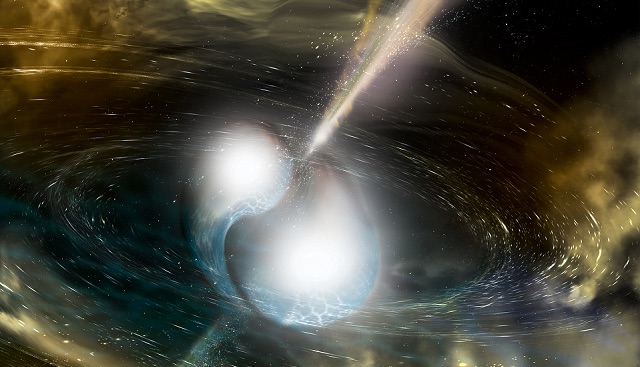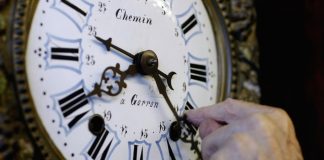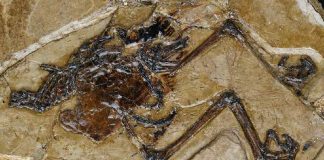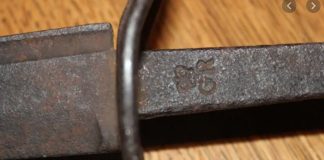
Breakthrough of the Year 2017 – Neutron star collision generates gravitational waves, Researchers Say.
As the two neutron stars spiralled together 130 million light years away, they generated tiny ripples in the fabric of spacetime called gravitational waves, sensed by enormous gravitational wave detectors on Earth. This merger also triggered an explosion studied by hundreds of astronomers around the world.
Researchers first picked up on gravitational waves over two years ago, when two massive black holes crashed into each other. This space tremor was detected by the Laser Interferometer Gravitational-Wave Observatory (LIGO), a discovery that landed Science’s Breakthrough of the Year for 2016 and won the 2017 Nobel Prize in Physics.
The discovery showed that gravitational waves offer a new way of observing the universe and a major tool for astronomers.
“Gravitational waves are the gift that keeps on giving,” explains News Editor Tim Appenzeller. “Observers not only detected gravitational waves from a collision of two neutron stars; they also saw the event at all wavelengths of light, from gamma rays all the way to radio. Being able to get the full picture of violent events like this promises to transform astrophysics, and that made this year’s observation the clear Breakthrough for 2017.”
On 17 August, gamma-ray detectors and radio telescopes sensed the merging of neutron stars. Because the ripples were spotted by three widely spaced detectors, scientists acted quickly and triangulated on the pair’s location in the sky.
“Within just 11 hours, several teams had pinpointed a new source on the edge of the galaxy NGC4993. The explosion was easily the most-studied event in the history of astronomy: Some 3,674 researchers from 953 institutions collaborated on a single paper summarizing the merger and its aftermath,” says Science staff writer Adrian Cho. He further notes, “Astrophysicists say the neutron-star merger only whets their appetite for more data.”
Plans are already underway to improve LIGO’s sensitivity at higher frequencies. Scientists will begin such efforts by manipulating the laser light circulating in the detectors, though such an endeavour might take a few years.













